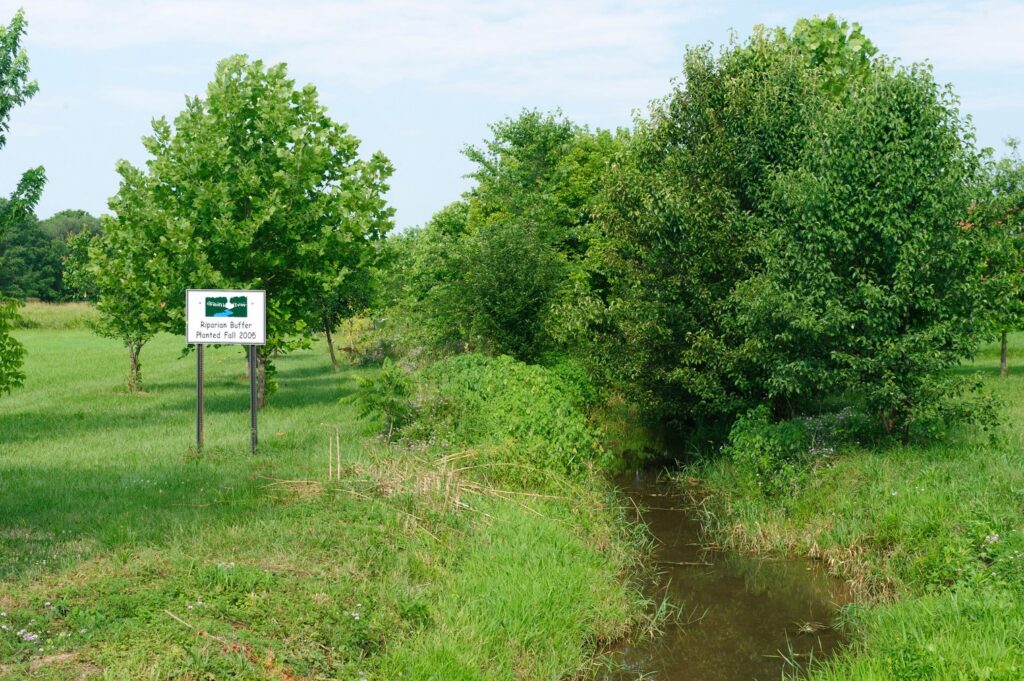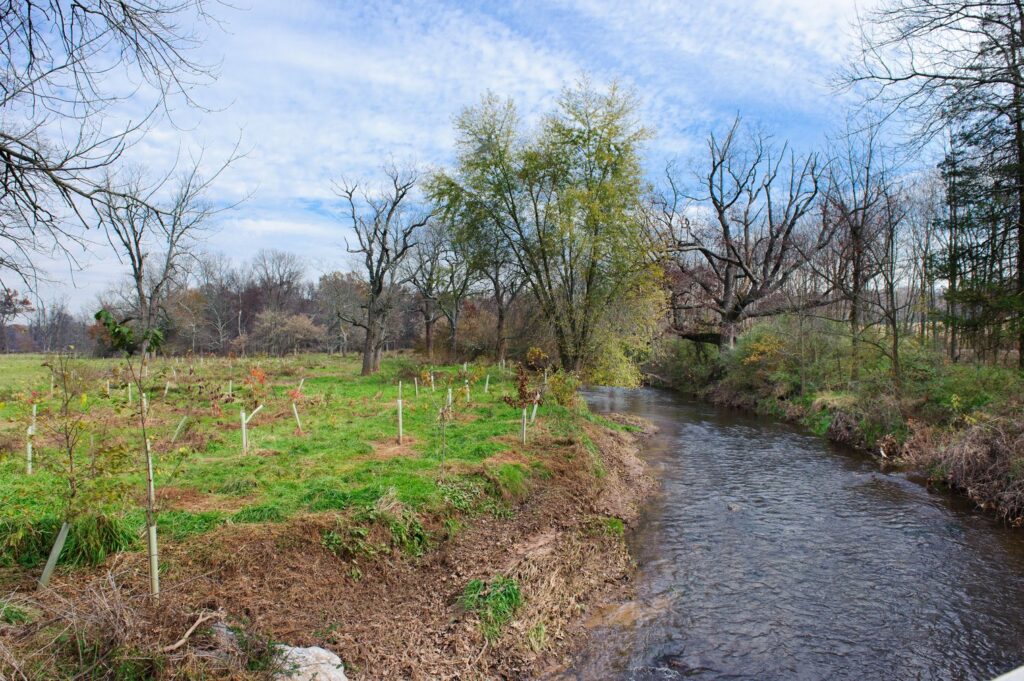Stream Channel and Buffer Zone Restoration Plans

Is your backyard stream continuing to erode its bank on a worrisome slow but steady march toward your home foundation, patio, swimming pool, or other valuable property? Or has your construction site or other land disturbing activity resulted in an environmental regulatory action requiring you to restore a stream channel or stream buffer zone damaged by your activity?
Stream channels and buffer zones are one of the most regulated and protected physical features in existence. The first rule of any project in these areas should be to “do no harm”, meaning not only cause further damage to what you are trying to fix of course, but also not get in trouble by not doing things the proper way and in accordance with all environmental rules and regulations.

Our Experience
Riverbend Environmental, Inc. has years of experience and many successful projects of designing and overseeing the implementation of work to restore degraded stream channels and buffer zones.
Frequently Asked Questions
If you have additional questions reach out and a team member will get in touch with you.
Stream restoration involves engineering and ecological practices to restore the natural state and functioning of a stream channel that has been degraded by human activity or natural processes. Buffer zone management refers to the activities designed to protect and maintain the vegetation and natural elements surrounding a stream, which help stabilize the banks, filter pollutants, and provide habitat for wildlife.
Restoring and managing stream channels and buffer zones are crucial for preventing erosion, improving water quality, and enhancing the natural habitat for aquatic and terrestrial wildlife. It also protects properties and infrastructures like homes and roads from the damaging effects of erosion and flooding.
If erosion is threatening your property, it’s important to act quickly to mitigate further damage. Contacting professionals like Riverbend Environmental, Inc. can provide you with the expertise needed to design and implement effective erosion control and stream stabilization measures that comply with environmental regulations.
A typical stream restoration project with Riverbend Environmental includes:
- Assessment: Evaluating the stream, its banks, and the surrounding ecosystem to understand the extent of damage and the factors contributing to it.
- Design: Creating a detailed plan that addresses both immediate threats and long-term sustainability, which may involve structural changes, vegetation plans, and other ecological enhancements.
- Permitting: Ensuring all necessary local and federal permits are obtained, adhering to environmental regulations.
- Implementation: Executing the restoration work under the supervision of our experienced project managers to ensure compliance with design specifications and environmental safeguards.
- Monitoring and Maintenance: Providing ongoing support to ensure the restored area remains stable and functional, adjusting management practices as needed based on environmental monitoring results.

